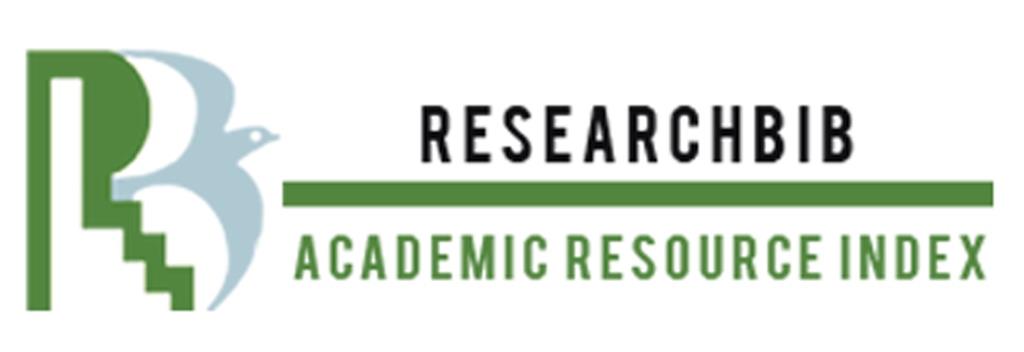INTEGRATING CULTURE INTO LANGUAGE LEARNING: STRATEGIES AND CHALLENGES
Abstract
This article aims to highlight the significance of integrating culture into language learning and presents strategies to effectively incorporate culture-based activities in language classrooms. It also discusses the challenges faced by educators and learners in implementing culture-focused language learning approaches. By incorporating cultural elements into language learning, educators can create a more engaging and immersive learning environment that fosters intercultural understanding and communication.
Downloads
References
Kramsch, C. “The impact of authentic materials in enhancing cultural competence in language learning” Modern Language Journal
Moran, P. (2001). Teaching culture: Perspectives in practice. Heinle ELT.
Hinkel, E. (1999). Culture in second language teaching and learning. Cambridge University Press.
Rubinstein-Ávila, E. (2010). Integrating language, culture, and content in second language literacy instruction. Information Age Publishing.
Widdowson, H. G. (2003). Teaching language and culture in the 21st century: What, why, and how. Routledge.
Kramsch, C. (1993). Language and culture in foreign language teaching. Oxford University Press.
Seelye, H. N. (1993). Teaching culture: Strategies for intercultural communication. National Textbook Company.
Kramsch, C. (1998). Culture in language learning and teaching. Oxford University Press.
Byram, M. (1997). Teaching and learning culture: Negotiating the context. Multilingual Matters.
Lange, D. L. (2012). Culture as the core: Perspectives on culture in second language learning. Information Age Publishing.
Swaffar, J. (1998). Integrating language and culture in the foreign language classroom: A handbook for teachers. Yale University Press.
















